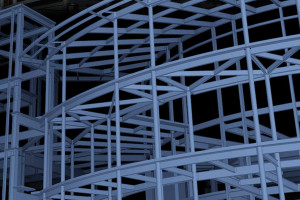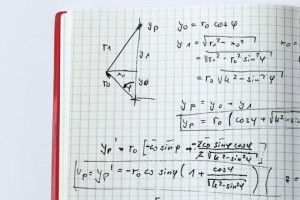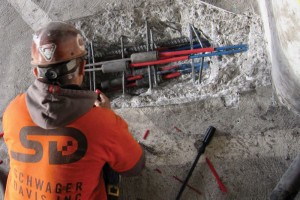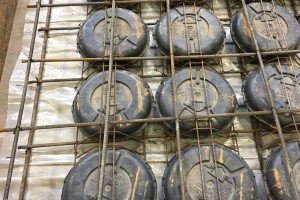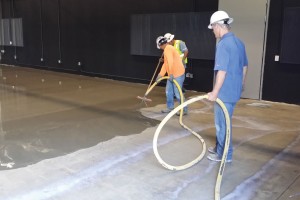A Step in the Right Direction
Inefficiencies exist in the design-bid-build delivery of typical commercial construction projects. There is a solution that requires little additional effort by the design team. The object is to provide bids that are more accurate, create less haggling over change orders, generate a better relationship between the contractor and the design team, and ultimately lead to a less costly project. …

